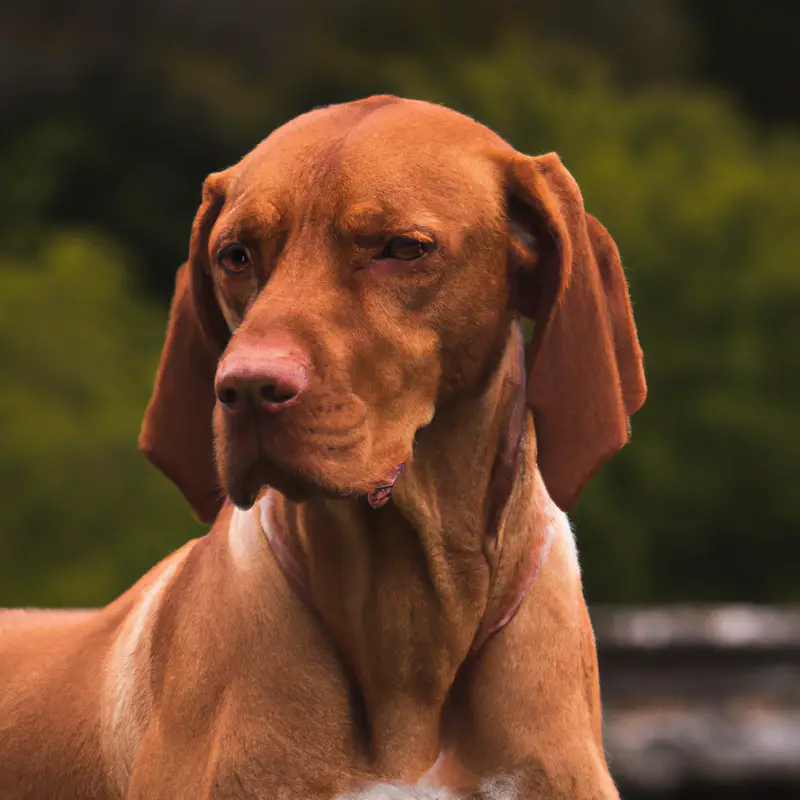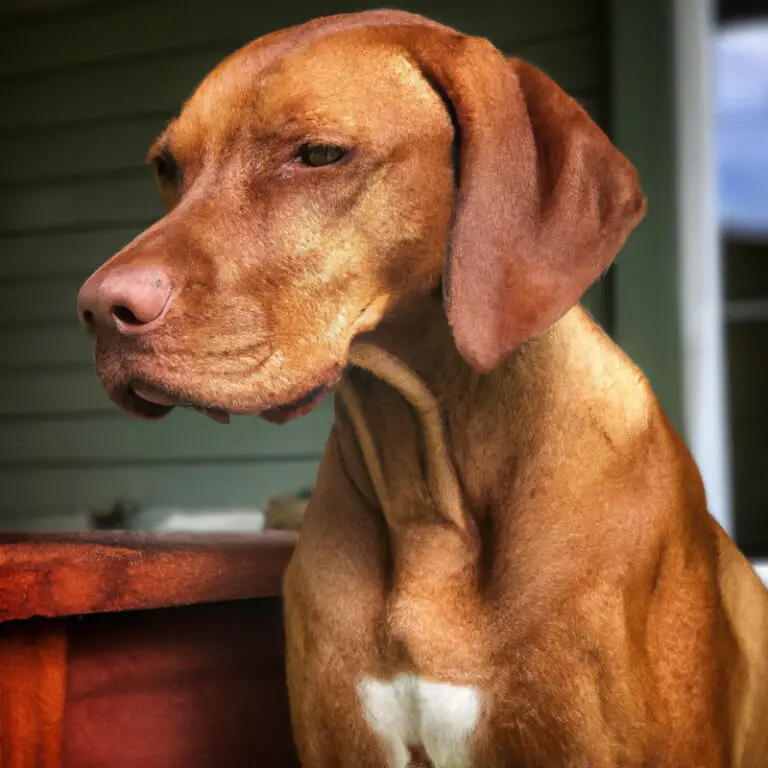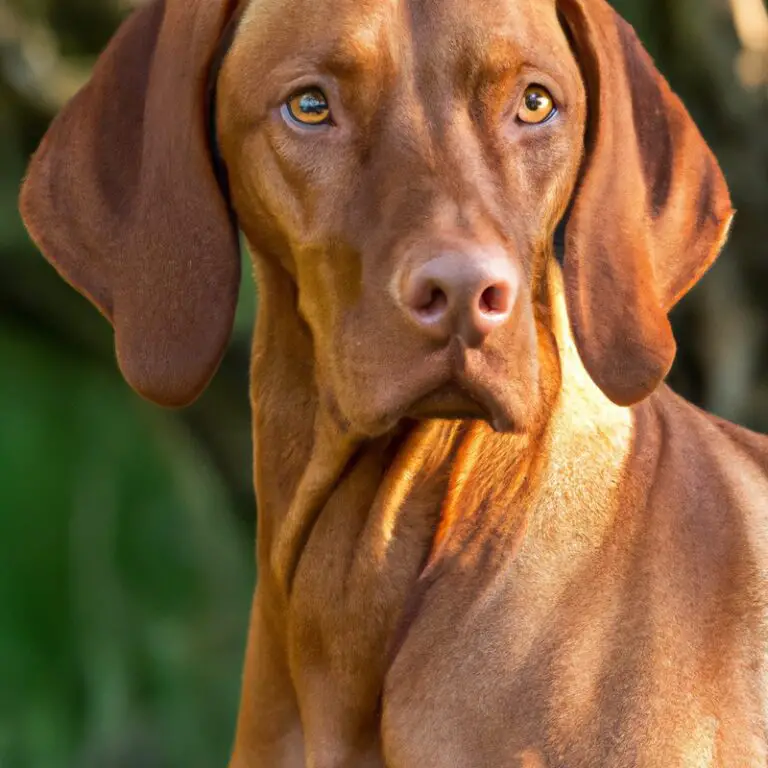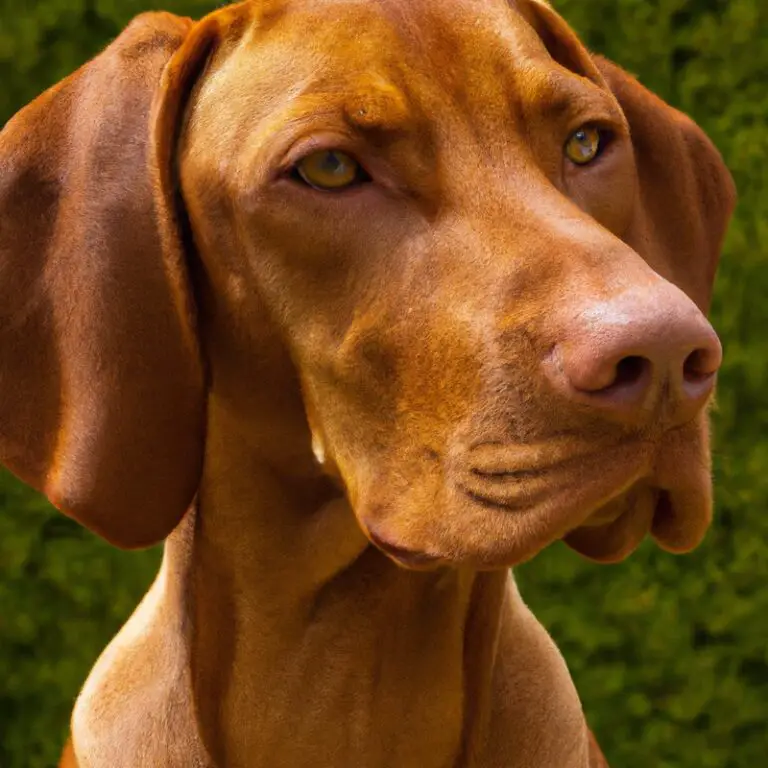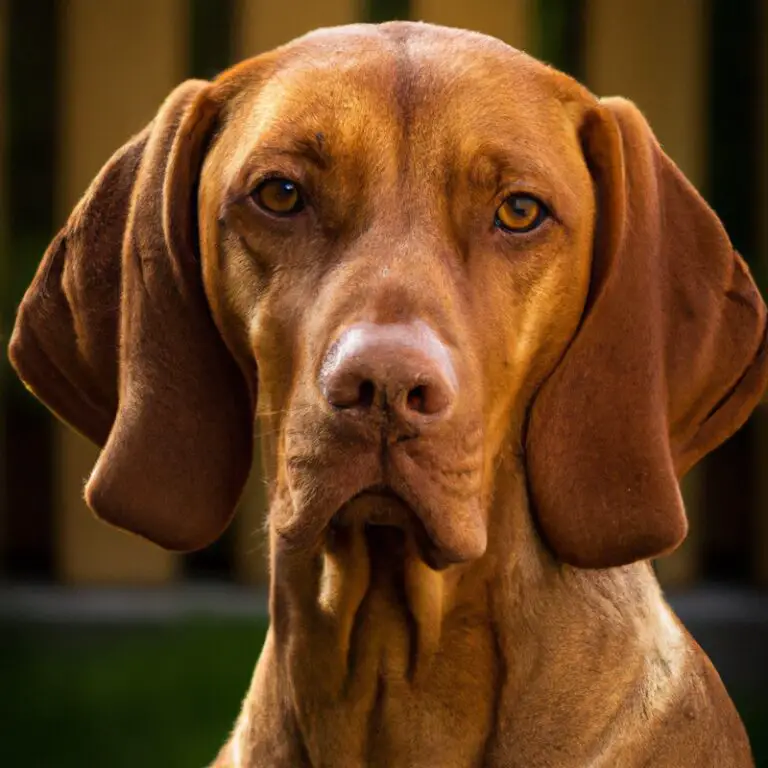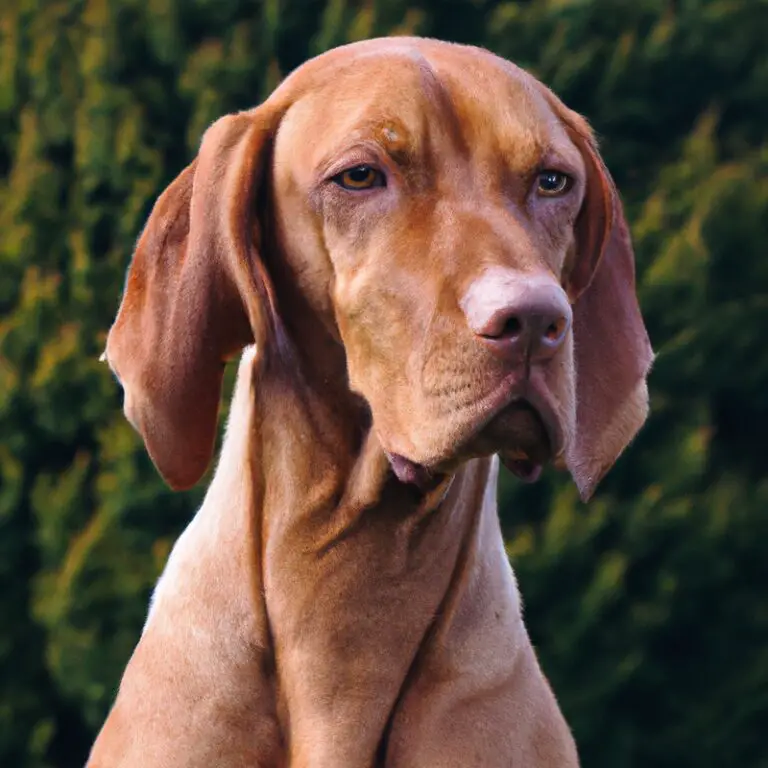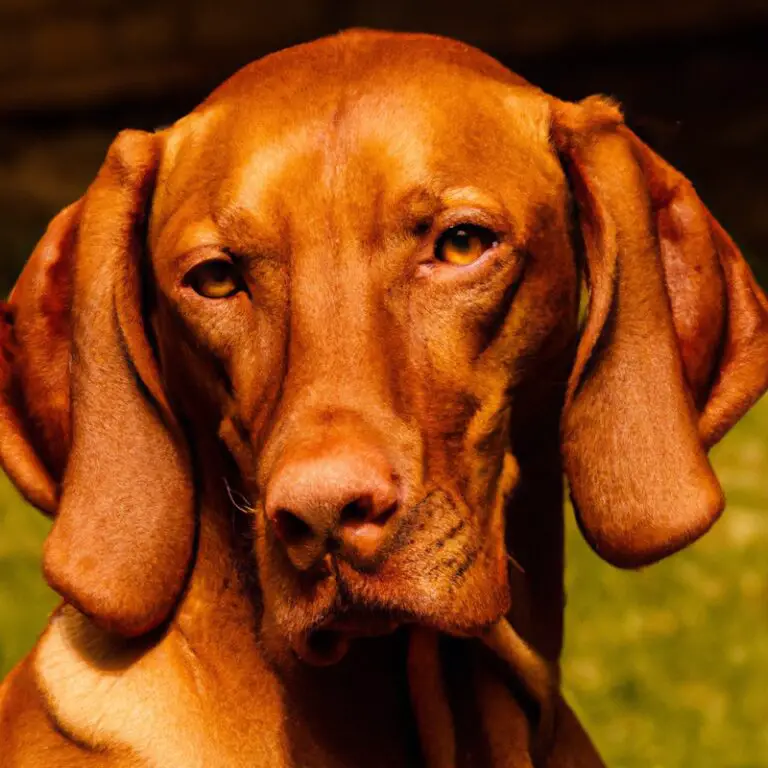How Do I Teach a Vizsla To Remain Calm During Grooming Appointments?
Key Takeaways:
- Consistency in grooming routines is key to teaching a Vizsla to remain calm during appointments.
- Gradual desensitization can help a Vizsla become more comfortable with grooming procedures.
- Positive reinforcement techniques, such as treats or praise, can be effective in encouraging calm behavior.
- Seeking professional help from a dog trainer or groomer may be beneficial in teaching a Vizsla to stay calm during grooming sessions.
Have you ever found yourself in a battle of wills with your Vizsla during grooming appointments?
Trust me, you’re not alone.
As a Vizsla owner myself, I understand the challenges that come with keeping these energetic and easily excitable dogs calm during grooming.
But fear not! In this article, I will share with you effective techniques and strategies to teach your Vizsla to remain calm during grooming appointments.
From creating a calm environment to gradually introducing grooming tools, and utilizing positive reinforcement, we’ll cover it all.
Get ready to transform your grooming sessions into a stress-free experience for both you and your Vizsla.
| Challenge | Solution |
|---|---|
| 1. Overexcitement | Implement structured play and exercise sessions to tire out the Vizsla beforehand. Use calm and soothing techniques during grooming. Gradually increase the duration of grooming sessions as the dog becomes more comfortable. |
| 2. Fear or anxiety | Introduce grooming tools gradually, rewarding the dog with treats and praise. Gradually desensitize the dog to the sound and sensation of the grooming equipment. Consider using positive reinforcement training techniques, such as clicker training, to associate grooming with positive experiences. |
| 3. Restlessness | Create a comfortable and stress-free environment for grooming. Provide a cozy mat or bed for the dog to lie on, use calming scents or pheromone diffusers, and play soothing music. Use gentle and patient handling techniques. |
| 4. Lack of familiarity | Introduce grooming tools and equipment gradually, allowing the dog to sniff and investigate them. Associate grooming with positive experiences by giving treats or praise during and after grooming sessions. |
| 5. Lack of training | Enroll your Vizsla in obedience training classes to teach basic commands like “sit,” “stay,” and “leave it.” These commands can be helpful in keeping the dog calm during grooming appointments. Consistent training and reinforcement are key. |
Understanding the Vizsla breed and grooming challenges
Vizsla breed traits and behavior
Vizslas are energetic and affectionate dogs.
They have a strong desire for human companionship and can become quite attached to their owners.
This breed is known for being highly intelligent and trainable, making them great pets for active individuals or families.
Vizslas thrive on exercise and mental stimulation, and they may become destructive if not given enough attention.
It’s important to provide them with plenty of exercise, mental stimulation, and positive reinforcement training to keep them happy and well-behaved.
Additionally, Vizslas have a short, dense coat that requires regular brushing to maintain its smooth and shiny appearance.
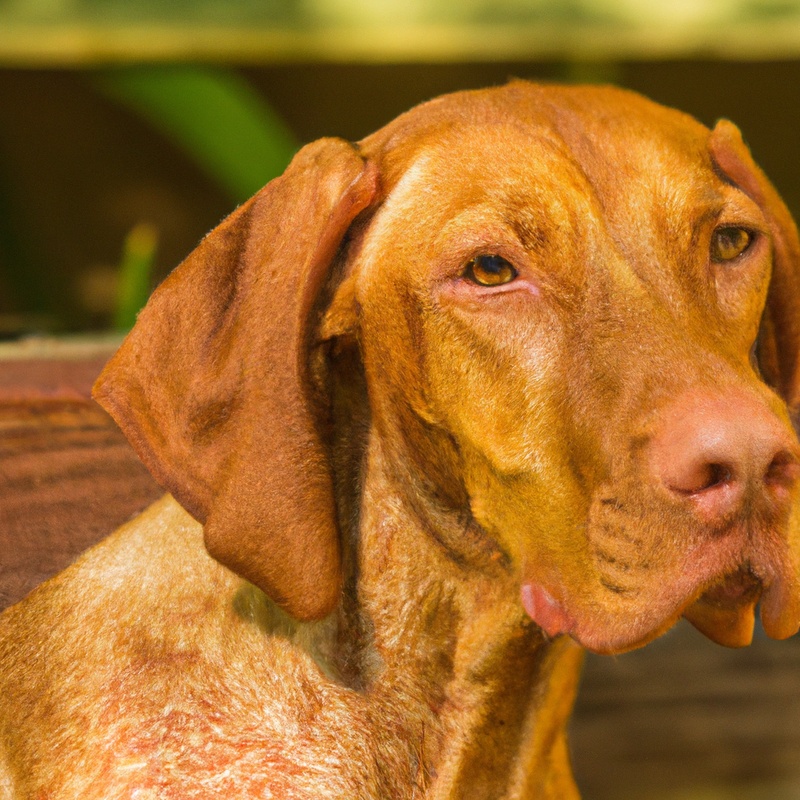
Common grooming challenges for Vizslas
Vizslas, like any other breed, can present some grooming challenges.
Here are some common ones:
- Their short coat sheds, but less than other breeds.
- They have sensitive skin, so be gentle and use mild grooming products.
- Vizslas are highly energetic, so it can be challenging to keep them still during grooming sessions.
- They have floppy ears that can trap moisture and lead to infections, so regular cleaning is essential.
- Their nails grow quickly, requiring frequent trimming.
- Vizslas are prone to getting debris and dirt in their paws, so regular paw cleaning is necessary.
Remember to be patient and provide positive reinforcement during grooming to keep your Vizsla calm.
Preparing for a successful grooming appointment
Creating a calm and safe grooming environment
Creating a calm and safe grooming environment is essential for your Vizsla’s comfort and well-being.
Here’s how you can achieve it:
- Keep the grooming area quiet and free from distractions.
- Use gentle handling techniques and positive reinforcement to build trust and reduce anxiety.
- Introduce grooming tools gradually, allowing your Vizsla to get accustomed to them.
- Take breaks if your dog becomes stressed, allowing them to relax before continuing.
- Ensure the grooming area is well-lit and at a comfortable temperature.
- Regularly check and maintain equipment to prevent any discomfort or injuries to your Vizsla.
- Communicate with your groomer about your dog’s needs and any concerns you may have.
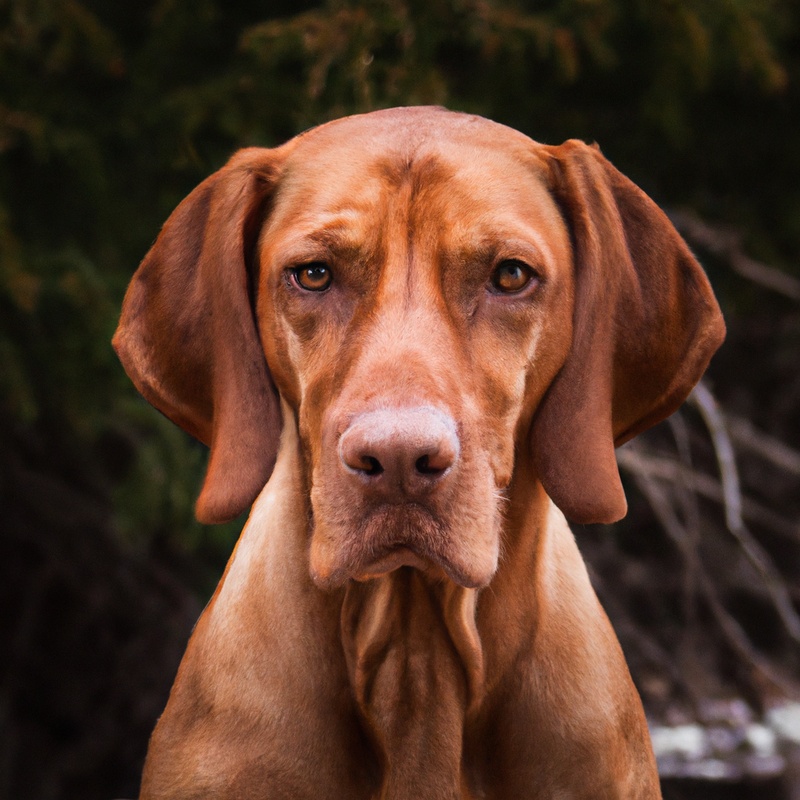
Introducing grooming tools and equipment gradually
To introduce grooming tools and equipment gradually to your Vizsla, start by allowing them to sniff and investigate the tools without any pressure. Then, gradually introduce the tools by touching them to your dog’s body while offering treats and praise.
Repeat this process until your Vizsla is comfortable with each tool.
Take your time and be patient throughout the process, ensuring a positive and stress-free experience for your furry friend.
Desensitization and counterconditioning techniques
Desensitization and counterconditioning are effective techniques for teaching a Vizsla to remain calm during grooming appointments.
Desensitization involves gradually exposing your dog to grooming stimuli, starting with low intensity and increasing over time.
Counterconditioning pairs the grooming experience with positive rewards to create a positive association.
Start by introducing your dog to grooming tools and handling them without actually grooming them.
Use treats and praise to reward calm behavior.
Gradually progress to short grooming sessions, always rewarding good behavior.
With consistency and patience, your Vizsla can learn to stay calm during grooming appointments.
Training your Vizsla to remain calm during grooming
Basic obedience commands for grooming
During grooming sessions, it is essential to teach your Vizsla basic obedience commands. These commands will help keep your dog calm and cooperative throughout the process.
Here are some important commands to focus on:
- “Sit”: Teach your Vizsla to sit on command. This will provide stability during grooming and prevent any sudden movements.
- “Stay”: Train your Vizsla to stay in one place until you give them the signal to move. This command is especially useful when you need to reposition or reach a different area.
- “Down”: Teach your dog to lie down on command. This command helps keep them relaxed and still during grooming.
- “Leave it”: This command is important for preventing your Vizsla from trying to grab or bite grooming tools. Use it to redirect their attention and keep them safe.
By focusing on these basic obedience commands, grooming sessions will become more manageable and enjoyable for both you and your Vizsla. Remember to be patient and reinforce positive behavior with rewards and praise.
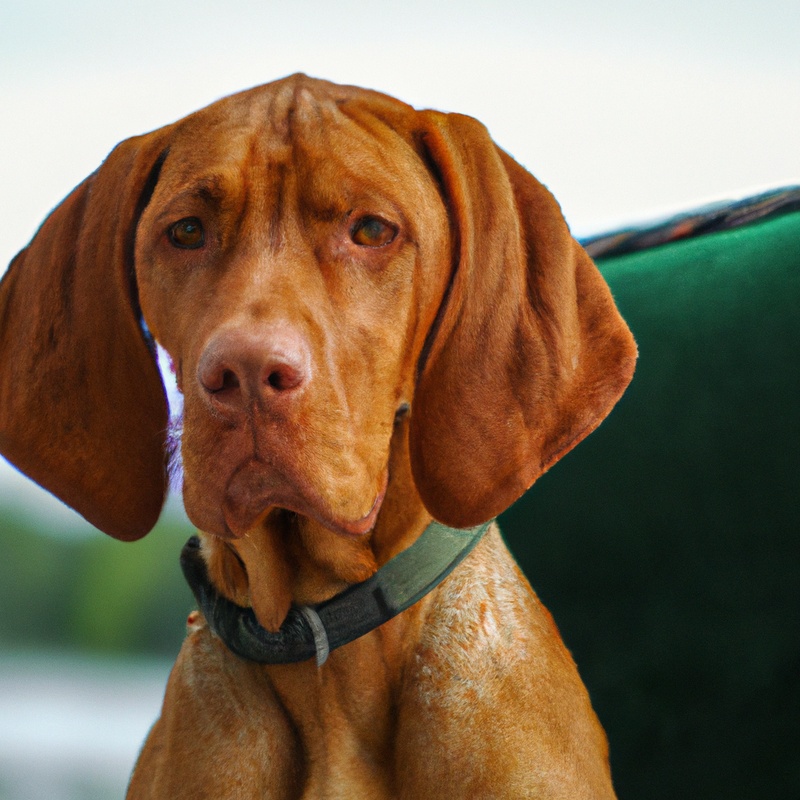
Teaching your Vizsla to tolerate handling and touch
Teaching your Vizsla to tolerate handling and touch is important for their overall well-being and grooming needs.
Start by gradually introducing touch in a positive way, such as gentle petting and massaging.
Use treats and praise to reward your dog for remaining calm during these interactions.
Slowly increase the duration and intensity of touch over time.
Practice regularly to build their tolerance and reinforce positive associations.
Patience and consistency are key in helping your Vizsla become comfortable with handling and touch.
Using positive reinforcement and rewards during grooming
Using positive reinforcement and rewards during grooming is an effective way to keep your Vizsla calm and cooperative. Here’s how you can do it:
- Treats: Use small, tasty treats to reward your Vizsla during the grooming process. Give them a treat after each successful step, like allowing you to brush their coat or trim their nails.
- Verbal praise: Along with treats, provide verbal praise to reinforce positive behavior. Say things like “Good job!” or “You’re doing great!” to let them know they’re doing well.
- Breaks: Take short breaks during grooming sessions to give your Vizsla a chance to relax and recharge. This can help prevent them from getting overwhelmed and make the process more enjoyable for both of you.
- Gradual desensitization: If your Vizsla is anxious about specific grooming tasks, like having their ears cleaned, gradually expose them to the experience in a positive and gradual manner. Start with gentle touches and reward them for staying calm, gradually increasing the intensity as they grow comfortable.
Remember, patience and consistency are key when using positive reinforcement and rewards. By creating a positive association with grooming, you can help your Vizsla stay calm and cooperative during future appointments.
Utilizing grooming techniques for a calm Vizsla
Proper coat maintenance and grooming frequency
Proper coat maintenance for a Vizsla involves regular grooming to keep their coat healthy and clean.
It is recommended to brush your Vizsla’s coat at least once a week to remove any loose hairs and prevent matting.
Additionally, bathing should be done every 2-3 months or as needed using a gentle dog shampoo.
Trimming their nails regularly and checking their ears for any signs of infection are also important aspects of coat maintenance.
Remember to consult with a professional groomer for specific advice on grooming frequency for your Vizsla.
Techniques for minimizing stress and anxiety during grooming
To minimize stress and anxiety during grooming sessions with your Vizsla, try these techniques:
- Gradual desensitization: Introduce your Vizsla to grooming tools and procedures gradually, allowing them to get used to each step over time.
- Positive reinforcement: Reward your Vizsla with treats, praise, and affection during and after grooming sessions to create positive associations.
- Break it up: Break grooming sessions into shorter, more frequent sessions to prevent overwhelming your dog and increase their tolerance.
- Distraction: Provide your Vizsla with interactive toys or treats to keep them occupied and focused during grooming.
- Calm environment: Create a peaceful and quiet environment for grooming, away from distractions or loud noises.
- Gentle handling: Use gentle and firm handling techniques, while avoiding excessive force or restraint.
- Professional help: Consider seeking assistance from a professional groomer who specializes in working with anxious dogs.
Remember, patience is key when it comes to helping your Vizsla remain calm during grooming.
By using these techniques consistently, you can make the grooming experience a positive one for your furry friend.
The importance of regular exercise and mental stimulation
Regular exercise and mental stimulation are essential for a calm Vizsla.
Exercise helps release excess energy and reduces behavioral issues.
Engaging your Vizsla in activities like long walks, runs, and play sessions will keep them physically and mentally stimulated.
Puzzle toys, interactive games, and obedience training can provide mental exercise and prevent boredom.
Incorporating these activities into your Vizsla’s routine will contribute to their overall well-being and help them remain calm during grooming appointments.
Troubleshooting common grooming challenges
Addressing fear or aggression during grooming
Addressing fear or aggression during grooming can be challenging, but there are steps you can take to help your Vizsla remain calm. Start by gradually acclimating your dog to the grooming process, using positive reinforcement and rewards.
Take it slow, allowing breaks if needed, and never force your dog to continue if they’re showing signs of fear or aggression.
Consider seeking professional help from a qualified dog trainer or behaviorist if the issue persists. Developing a trusting and positive relationship with your dog is essential for successful grooming sessions.
Seeking professional help for severe grooming anxiety
If your Vizsla is experiencing severe grooming anxiety, seeking professional help is key.
A professional groomer or a certified animal behaviorist can assess the situation and provide guidance on how to manage and overcome the anxiety.
They may recommend techniques such as desensitization, counter-conditioning, or the use of calming aids.
With their expertise, you can work together to create a safe and positive grooming experience for your furry friend.
Remember to be patient and consistent throughout the process.
Managing grooming sessions for puppies and older dogs
Managing grooming sessions for puppies and older dogs can be a challenge, but with a few simple tips, you can make it a positive experience for both you and your furry friend. Start by introducing them to grooming gradually, allowing them to get used to the tools and process slowly.
Use positive reinforcement and rewards to make it a positive experience.
Take breaks if needed and be patient. Finally, regular grooming sessions will help them get used to the process and make it easier over time.
Frequently Asked Questions (FAQs)
How long does it take to train a Vizsla to remain calm during grooming appointments?
Training a Vizsla to remain calm during grooming appointments can vary in duration.
It depends on the individual Vizsla’s temperament, previous experiences, and consistency in training.
Generally, it may take a few weeks to a couple of months to see significant improvement.
The key is to start with short, positive grooming sessions and gradually increase the duration over time.
Patience, consistency, and positive reinforcement are essential throughout the training process.
Are there any specific grooming techniques for Vizslas with skin allergies?
Vizslas with skin allergies require special grooming techniques to keep their skin healthy and comfortable. Here are a few tips:
- Use gentle, hypoallergenic grooming products: Look for shampoos, conditioners, and other grooming products specifically designed for sensitive skin. Avoid products with harsh chemicals or fragrances that can irritate your Vizsla’s skin.
- Regular brushing: Brushing your Vizsla’s coat regularly helps remove allergens and reduces the risk of skin irritation. Use a soft brush or a grooming glove to be gentle on their skin.
- Keep their coat clean and dry: Moisture can exacerbate skin allergies in Vizslas. After bathing or swimming, thoroughly dry your dog’s coat to prevent dampness that can lead to irritation.
- Pay attention to diet: A healthy diet can support your Vizsla’s skin health. Consult with your vet about the best diet for your dog, especially if they have allergies. Sometimes certain ingredients in food can trigger skin allergies.
- Regular vet check-ups: Regular visits to the vet can help identify and manage any underlying skin conditions or allergies. Your vet can recommend specific grooming techniques or treatments based on your Vizsla’s individual needs.
Remember, each Vizsla is unique, and what works for one might not work for another. It’s essential to observe your dog’s reactions and consult with a professional if you notice persistent skin issues.
What should I do if my Vizsla becomes aggressive during grooming?
If your Vizsla becomes aggressive during grooming, it’s essential to prioritize safety for both you and your dog.
Here’s what you can do in such a situation:
- Stay calm: It’s important to remain calm and composed. Aggression can escalate if you become anxious or tense.
- Take breaks: If your dog shows signs of aggression, take breaks during the grooming session. Allow them time to calm down and regroup.
- Seek professional help: If the aggression continues or worsens despite your efforts, consult a professional dog trainer or behaviorist. They can provide guidance and support tailored to your Vizsla’s specific needs.
- Use positive reinforcement: Reward your dog for calm behavior during grooming. Positive reinforcement techniques can help reshape their response to the grooming process over time.
- Gradual desensitization: Gradually introduce your Vizsla to grooming tools and procedures in a controlled manner. This can help desensitize them to the grooming process and reduce their aggression.
Remember, safety should always be your top priority.
If you feel uncomfortable or unsafe handling an aggressively behaving Vizsla during grooming, it’s wise to reach out to a professional for assistance.
Final Verdict
Teaching a Vizsla to remain calm during grooming appointments requires patience, consistency, and a calm and safe environment. By gradually introducing grooming tools and equipment, desensitizing and counterconditioning techniques, and using positive reinforcement, you can help your Vizsla associate grooming with positive experiences.
Regular exercise and mental stimulation are also crucial in maintaining a calm demeanor.
In cases of severe anxiety or aggression, seeking professional help is recommended. Remember, every Vizsla is unique, so tailor your approach to their individual needs.
With time and effort, you can successfully groom your Vizsla and strengthen your bond.

